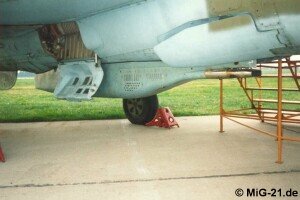Manderallen
ACCESS: Restricted
- Joined
- 28 October 2019
- Messages
- 4
- Reaction score
- 4
Good Morning all.
I was wondering if anyone has detailed information on the Russian GP-9 gun pod. All information I have been able to dig up focuses solely on the GSH-23 cannon itself. It has been difficult to find detailed information on the whole pod. Specifically weight and drag effects on the carrier plane is my main interest.
Talking with an online friend this topic came up. The main question was how it would compare to the Phantoms Vulcan or MK4 pod.. Obviously smaller and lighter but how much so?
Thanks for any help.
Edit: additional information.
I was wondering if anyone has detailed information on the Russian GP-9 gun pod. All information I have been able to dig up focuses solely on the GSH-23 cannon itself. It has been difficult to find detailed information on the whole pod. Specifically weight and drag effects on the carrier plane is my main interest.
Talking with an online friend this topic came up. The main question was how it would compare to the Phantoms Vulcan or MK4 pod.. Obviously smaller and lighter but how much so?
Thanks for any help.
Edit: additional information.
Attachments
Last edited:

